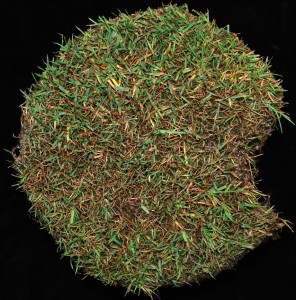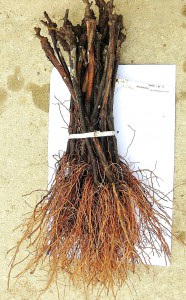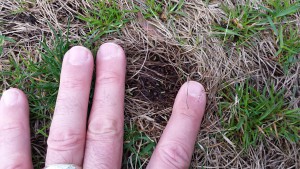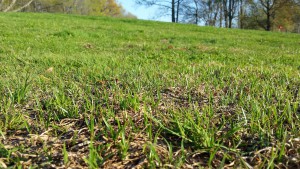A sample diagnosed with take-all patch of creeping bentgrass was the highlight of the turfgrass submissions to the Plant Diagnostic Laboratory this week. This sample marks the first in the seasonal transition on golf courses from diseases common to late-winter and early-spring (snow molds/yellow patch) to the late-spring and early-summer problems (take-all/brown ring patch). Yes, it was an exciting day for the turfgrass pathologist!




